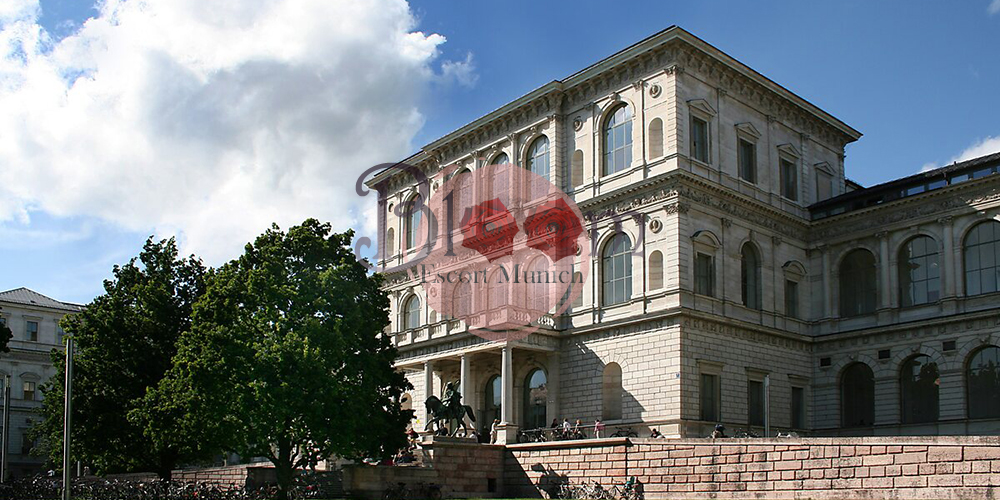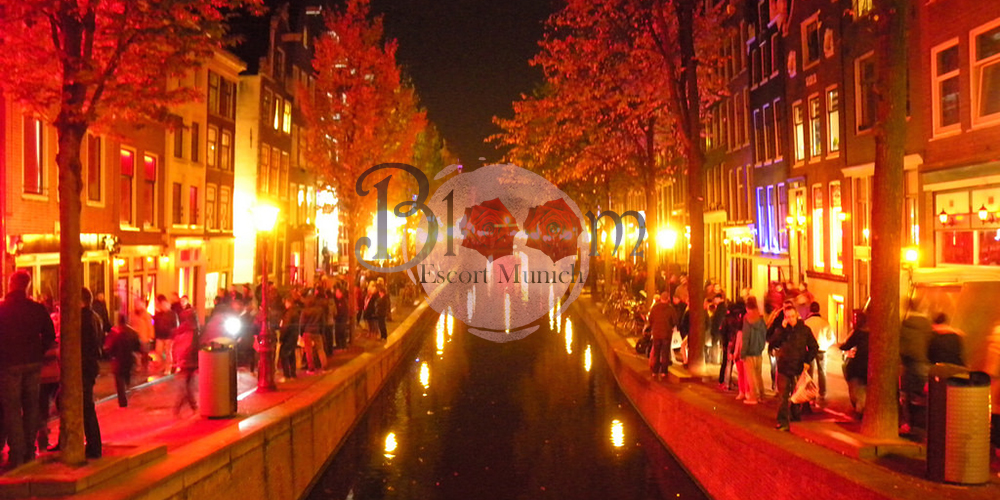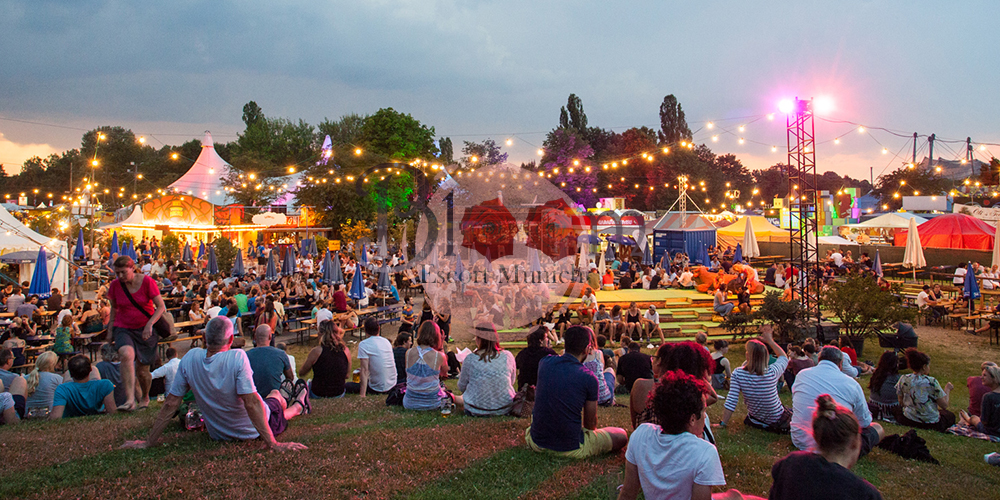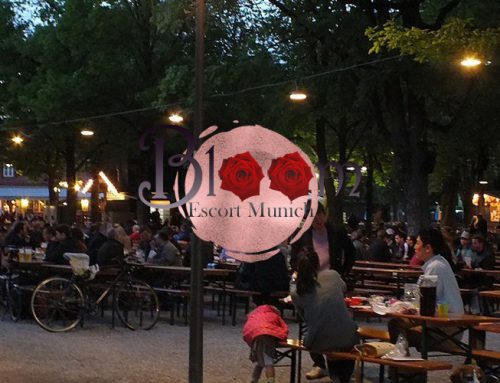Munich Culture and Its Atmosphere
Munich places a premium on the quality of life. It could be the beautiful blue sky or the city’s attractiveness. Still, one thing is certain: Munich residents always want to show off their best side, whether in a beer garden, on one of the city’s finest shopping streets, or at Bayern Munich’s stadium.
It is a city with a big heart, as sophisticated as it is laid-back, bustling yet serene. Munich is the lifestyle capital of Germany. On top of that, it has one of the most beautiful squares in the country: Marienplatz, which is home to both the Old and New Town Halls. The famed town hall glockenspiel, like the Hofbräuhaus beer hall and the landmark Church of Our Lady with its green dome-crested towers, is an integral element of the city’s character. The Viktualienmarkt’s stalls are a feast for the senses, while luxury shopping boulevards like Ludwigstrasse and Maximilianstrasse cater to those who appreciate the finest things in life. Head to Munich’s trendy Glockenbachviertel area and Gärtnerplatz plaza for a significantly cheaper, not to mention more relaxing, shopping experience.
The city’s brilliance has always been its ability to combine Germanic competence to get things done with a uniquely Bavarian desire to execute them pleasantly. Lunch is always a little longer, and office hours are shorter here. No one who has seen the city’s astonishing wealth, burgeoning automobile sector, or ultra-efficient public transportation system would argue that this wonderfully laid-back approach is ineffective.
Munich, a medieval city, built by monks in the 10th century, rose to prominence in the early 16th century when the Wittelsbach family named it the capital of Bavaria. They are responsible for much of the city’s current regal aspect, particularly King Ludwig I, who ruled from 1825 until 1848. This enlightened monarch was a great patron of the arts, a founder of museums and galleries, and an ambitious town designer, albeit less well-known than a later Ludwig, the ‘Mad King.’ As the Marxist revolution erupted in November 1918, the last Wittelsbach, Ludwig III, departed his forefathers’ opulent Residenz in the city’s center.
And you can see the beautiful escort companions here from all around the world they work as a part time escort to be your private sex slave call girl in a very budget price to give you the ultimate pleasure of sex games while intercourse foreplay, roleplay and many more things you have ever dreams to do with a sexy girl, so the prostitutes of Munich knows what to deliver you the best in a budget price.

A Heritage That Has Been Restored
Adolf Hitler staged the failed ‘Beer Hall Putsch’ in Munich a few years later, and his Nazis always considered the city the ‘capital of the movement.’ On the other hand, Munich has attempted to disassociate itself from this link while retaining its historical identity. Several German cities decided to break with tradition and rebuild in a wholly modern design following World War II. The authorities of the Bavarian capital, on the other hand, elected to painstakingly preserve and renovate the city’s historic churches and palaces. There are many new office buildings on the outskirts, yet the old city’s core has effectively recaptured its rich architectural heritage and beauty. There are still some relics of war’s ravages, such as the Siegestor (Victory Gate, Ludwigstrasse), which has been left in its bomb-scarred state to remind more dangerous times.

The Bavarian Capital’s Daily Routine
The most popular tourist attractions in Germany are Munich and Bavaria. According to polls, it is also the city that most Germans want to call home. The active way of life that is best savored in one of the many beer gardens, beer halls, or just out and about in the town, particularly during the long and typically very hot summers, makes the city such an attraction. Munich epitomizes the autonomous Bavarian character as the capital of the Catholic and conservative Free State of Bavaria. Still, it is also a very cosmopolitan city where people from all over the world may feel at home.
Of course, Munich is home to the Oktoberfest, which is usually the first thing that comes to mind when someone mentions the city. Indeed, with 6.9 million liters of beer consumed annually by 6.4 million guests, it is a blockbuster event, befitting the colossal image that the Bavarians have of their city. It’s also the most vivid representation of Gemütlichkeit, the German’s untranslatable emotion of warm camaraderie.

Center for The Arts
However, it would be a mistake to think of life in Munich as a continuous Oktoberfest. Munich became the unquestioned cultural center of the Federal Republic of Germany as a result of Berlin’s postwar partition – no small feat in the face of rivalry between Hamburg and Cologne. The town’s opera theater and concert halls continue to make it a musical destination, particularly for performances of Richard Strauss, Mozart, and Wagner works. Wagner’s patron was Bavaria’s Mad’ King Ludwig II who built the fairy-tale Neuschwanstein Castle in the Alpine foothills. Still, his grandfather, Ludwig I, established the city’s artistic credentials by amassing great collections and erecting massive structures to house them. That tradition goes on in Munich, home to some of the world’s most renowned art collections, ranging from the Old Masters at the Alte Pinakothek to the major avant-garde movements at the Pinakothek der Moderne and Museum Brandhorst. The city’s favorable artistic climate has long been appreciated by painters, particularly in the bohemian district of Schwabing, which exploded onto the international scene in the early twentieth century as a center for the Blaue Reiter school, which included Wassily Kandinsky, Paul Klee, and Franz Marc.

Areas With of Light
The Englischer Garten, bordering on three sides by the River Isar, is a true gem among Europe’s great parks. The rapid flow of the river demonstrates the river’s proximity to the Alps, where it originates. The mountains appear to be just beyond the city’s southern suburbs on a clear day. When the Föhn blows, a legendary southerly wind that gives some people headaches while inspiring others with phenomenally clear creative insights — a typical Munich ambiguity –
Locals are reminded of the countryside where many of them, or their parents, came from when the mountains arrive on the city’s doorstep. Every weekend, thousands of people flock to the nearby villages and lakes: east to the Chiemsee; west and south to the Ammersee, Starnberger See, and Tegernsee. Many people travel further south in the winter to ski, an important element of Bavarian culture that most youngsters learn almost as soon as they can walk.
Munich is clearly a metropolis and a sophisticated one. However, it still has a stubbornly rural character, never losing sight of its Bavarian hinterland beginnings, and visitors may readily join in Munich’s joyful marriage of the urban and historically rural.
























































Leave A Comment